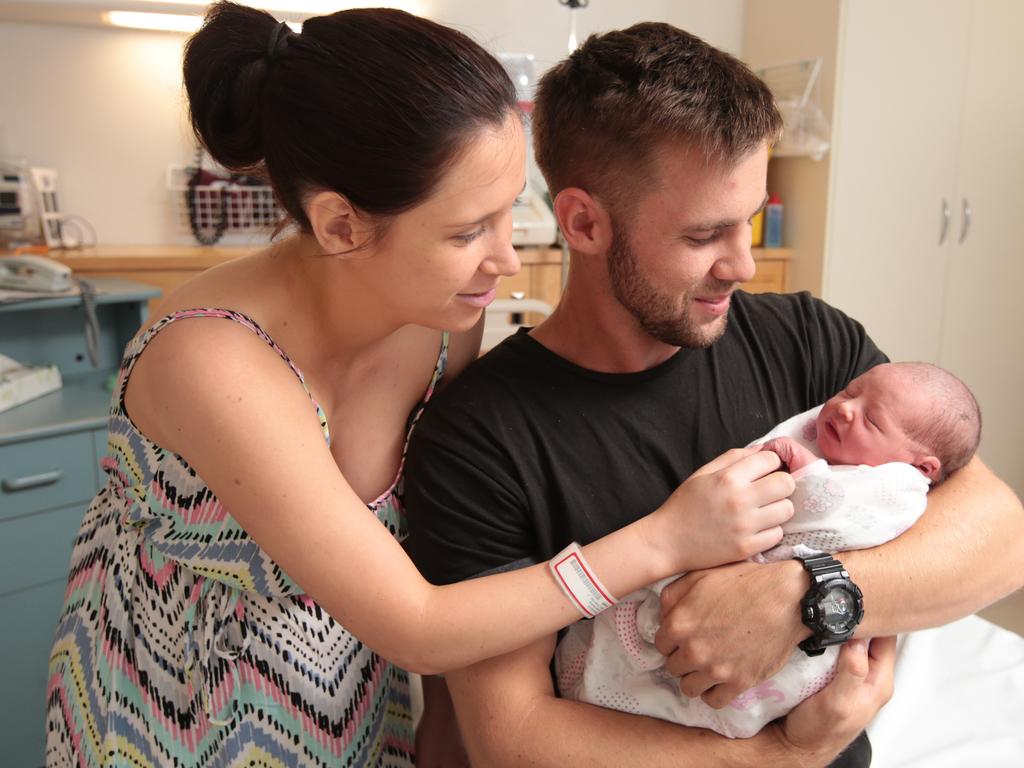Symptoms of sick US healthcare system are spreading to Australia
Some insurers in America simply decide not to pay claims. This is not the future we want for Australian healthcare.

They say everything is bigger in America – cars, coffee cups, and, as I recently saw first-hand, corporate control over healthcare.
The US health system is often used as a cautionary tale. Australia has long resisted the worst excesses of American-style managed care, which is part of why we enjoy one of the most effective health systems in the world. But the warning signs are here – and we’d be foolish to ignore them.
Giants such as Bupa and Medibank aren’t hiding their aggressive vertical integration agendas as they announce plans to open their own medical centres and mental health clinics. Questions about their motives must be asked when industry profits are soaring while rebates for patients move at a snail’s pace.
During a recent visit to the American Medical Association in Chicago, I met with US doctors who painted a bleak picture of private healthcare. Many no longer work for themselves, but for hospitals, private equity firms, or insurers.
In 2024, just 42 per cent of US physicians worked in practices wholly owned by doctors, down from 60 per cent in 2012. Corporate ownership has now overtaken hospitals as the dominant force in practice ownership, with health insurers, private equity firms and pharmacy chains leading the charge.

Our private hospital sector – which handles about 70 per cent of all planned surgeries – is under serious strain. About 70 private hospitals have closed in recent years and Healthscope, the country’s second-largest private hospital group, is now in receivership.
The pandemic certainly added pressure, but it’s no longer a sufficient excuse for insurers to fall back on. The deeper issue is that private health insurers are tightening their grip on the system.
The average payout ratio – the share of premiums returned to patients as benefits – sits at just 84 per cent, according to our latest private health insurance report card. That’s lower than the 86 per cent average in the US, where regulations at least enforce minimum thresholds.
Indexation for both Medicare and private health insurance rebates have been paltry at best, and have not even come close to covering inflation and the rising cost of delivering care.
Patients often have no idea of the rebate they will receive from their insurer until they speak to their specialists. As we highlighted in our recent report card, rebates across insurers can vary by almost 30 per cent, but this information is largely hidden from consumers. These rebates have increased by a mere 10.7 per cent over the past five years, while insurer profits have soared 50 per cent in the same period. Insurers could easily minimise patients’ out-of-pocket costs by addressing this disparity.
In addition to years of under-indexation of Medicare by both sides of politics, no government has ever “caught-up” the missing funding from years of the Medicare freeze. As a result, the patient continues to pay the cost.
Of course, cases of egregious billing should absolutely be called out. Where fees are known ahead of time, they should be disclosed to patients as part of the crucial informed financial consent process. However, this is not always an option as it is impossible to predict all outcomes during a procedure.
Insurers will bemoan specialists’ fees while ignoring the fact they are pocketing huge profits and funnelling cash into ambiguous “management expenses”. These profits have come from aggressive hospital contract negotiations and minimal increases to doctors’ fees.
We’re also seeing insurers delay payments to hospitals and dispute claims they are legally obligated to cover. And private health giants such Bupa are using their profits to open their own clinics and steering their policyholders towards them, and there’s no legislation to stop this obvious conflict of interest.

Vertical integration – whereby insurers become both funders and providers – is a slippery slope towards managed care. It risks turning healthcare decisions into financial calculations, where the cheapest option wins, even if it’s not the best one for the patient.
The AMA is determined to prevent this. We’ve consistently opposed moves towards insurer-owned care models and warned against the erosion of clinical independence.
Australia’s health system is ranked among the best in the world. According to the Commonwealth Fund, we deliver high-quality care while spending less of our GDP on health than many OECD peers. But it’s a fine balance, and one that is fragile and requires protection.
In the US, I’ve seen how insurers maintain profits by simply refusing to pay claims. They limit coverage to certain procedures, performed by certain doctors, in certain hospitals. They demand cheaper options be tried first – even when more expensive treatments are proven to be more effective, or even lifesaving.
This is not the future we want for Australian healthcare.
Our regulatory framework is fragmented and inadequate. Oversight is split between APRA, the Private Health Insurance Ombudsman, and the ACCC – with no single body responsible for policy leadership.
That’s why we need a dedicated Private Health System Authority, and a mandated minimum payout ratio of 90 per cent for hospital treatment.
These reforms would help ensure premiums are used for patient care and not for “management expenses” or expansions of vertical integration.
Australia still has time to avoid the mistakes of the US. But we must act now before our private health system becomes a casualty of unchecked corporate control.
Associate Professor Rait is vice-president of the Australian Medical Association and was a guest of the Texas Medical Association at their recent meeting in San Antonio, Texas. He travelled to the American Medical Association headquarters in Chicago at his own expense.



